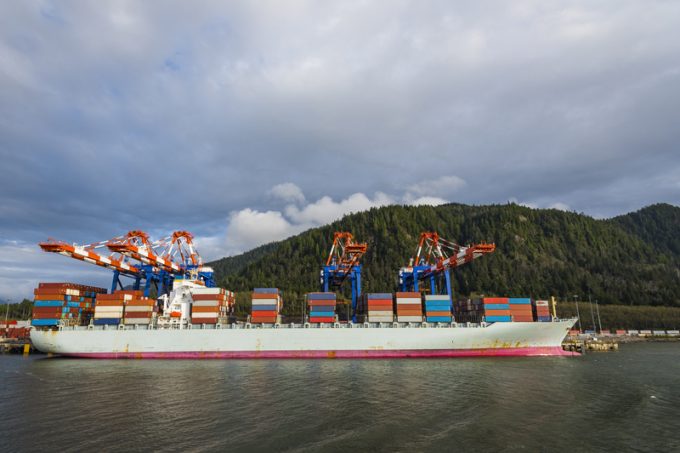Hapag-Lloyd won't take bookings if port congestion leaves cargo stranded
A “cautious” Hapag-Lloyd has warned it will not accept bookings if port congestion leaves cargo ...

Canada’s Pacific port of Prince Rupert is looking to stay ahead of the demand curve to avoid a repeat of the problems that bogged down container flows last winter.
It has officially kicked off the next phase of the expansion of its Fairview container terminal, which ...

Comment on this article